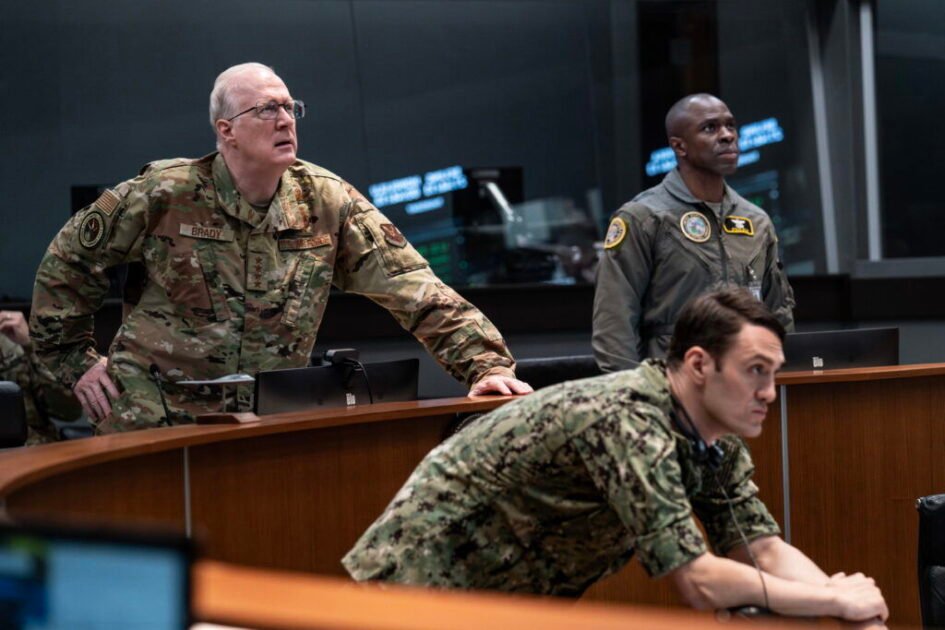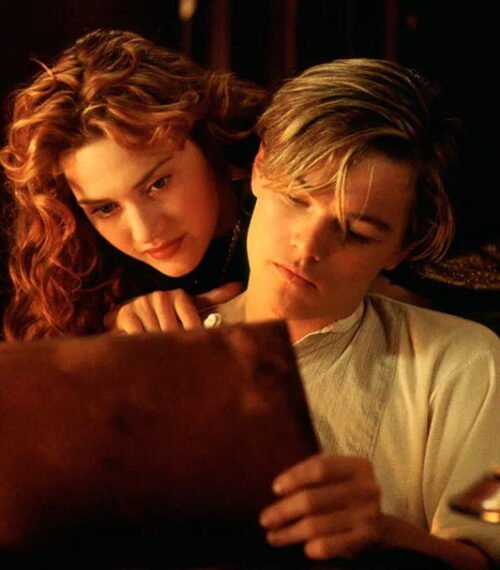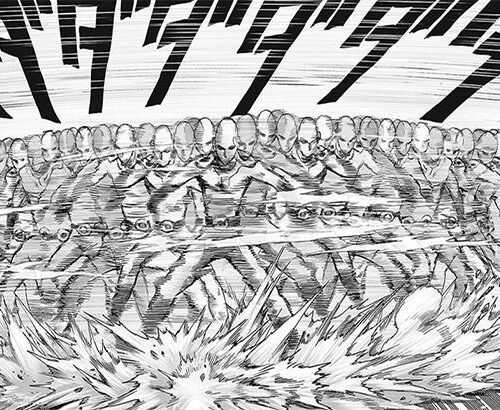Kathryn Bigelow, famously known for her war drama The Hurt Locker, and the spy thriller Zero Dark Thirty, is back with another gravely political film, A House of Dynamite. But unlike her previous projects, this one, released on October 10, 2025, ends on a haunting and uncertain note, leaving viewers questioning what choice the US President ultimately makes.
Starring Idris Elba and Rebecca Ferguson, the movie follows a chaotic chain of events after an unidentified missile is detected heading toward Chicago within 18 minutes. As panic spreads across the country, military and government officials race to find out who launched it and how to stop it, but time is quickly running out.
So eventually, in the final act, the President is seen being taken away from Washington D.C. by helicopter while the missile is just minutes from striking. Surrounded by chaos, he must decide whether to retaliate against another country, risking a global nuclear war, or to hold back, despite knowing millions of Americans are about to die.
His advisors give conflicting opinions: one urges retaliation, another pleads for restraint. Alone and terrified, the President tries calling his wife before quietly facing his impossible decision. The film cuts to black right before we see what he chooses, leaving audiences hanging between peace and destruction.
The table contains basic details on A House of Dynamite:
Bigelow’s stunning choice of an open ending thus mirrored the uncertainty of real-world politics, showing how one decision, made in fear, can shape the fate of humanity.
Why Didn’t A House of Dynamite Reveal the Real Enemy?
Meanwhile, one of the most interesting things that you might notice in Kathryn Bigelow’s A House of Dynamite is that it never reveals who actually launched the missile that destroys Chicago.
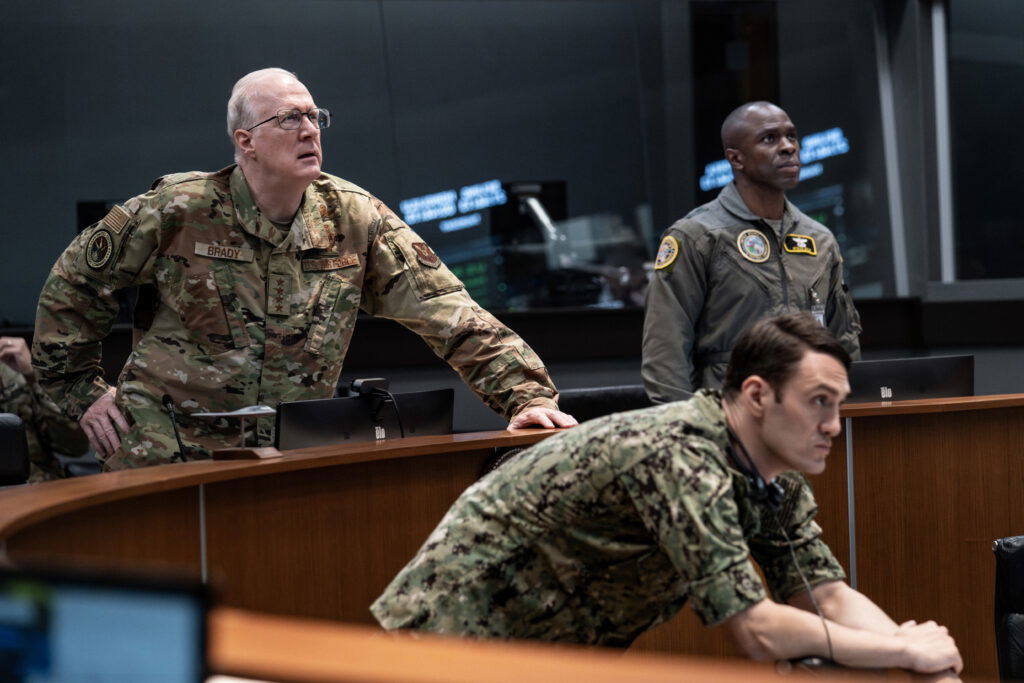
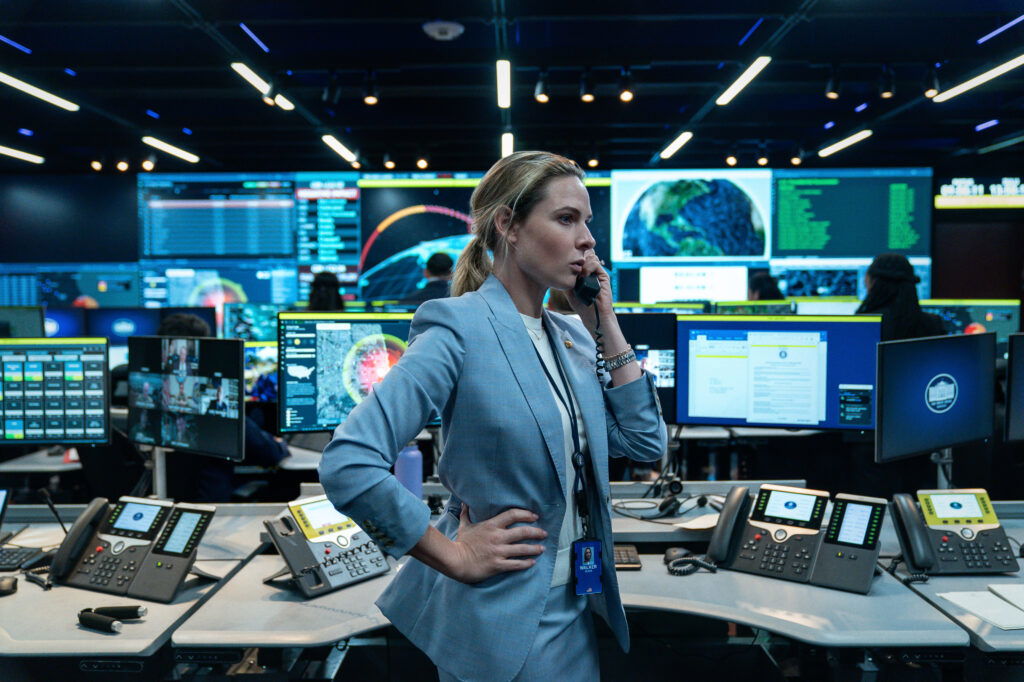

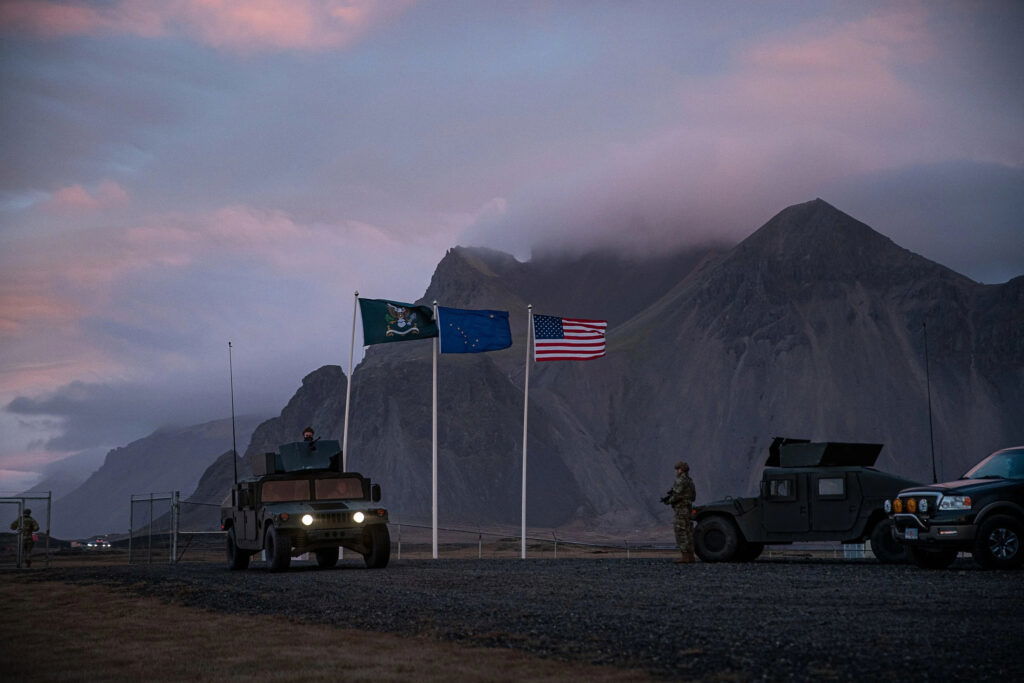

Throughout the movie, we see characters throwing around guesses, calling the NSA’s North Korean expert Ana Park, contacting the foreign minister of Russia, and even suspecting a rogue submarine, but no one really knows. The tension keeps building as everyone tries to figure it out, but in the end, there’s no clear answer.
This choice, much like the open ending, wasn’t an accident; it was a deliberate move by writer Noah Oppenheim and director Kathryn Bigelow. The decision to hide the identity of the enemy was made to keep the focus on how fragile and dangerous our world has become, rather than on a single villain.
During their discussion at the New York Film Festival, Oppenheim explained that if they had shown who launched the missile, the audience would have found an easy way out. They’d blame that country, hate them for two hours, and move on. Instead, A House of Dynamite
I think that if we were to identify who launched the missile, it kind of gives us all an easy out because then there’s a clear villain and they’re responsible and then we can kind of go back to our lives. I think we’re trying to ask a bigger question, which is to say, is this a global reality that we want to continue living in?
He further added,
It could be a country we don’t know about yet that has one of these weapons or as one of the characters in the movie says, it could be a submarine captain who wakes up one morning and finds out his wife left him and decides to push a button. That’s how fragile the system is. And so rather than ascribe blame to one bad guy, we wanted to really interrogate the larger reality.
The movie reminds us that nuclear weapons are not just about politics; they can also be about human error and fear. And so this heavy and controversial topic in A House of Dynamite is meant to make viewers realize how easily one mistake or rash decision could lead to global catastrophe.
Which is why, by keeping the real enemy hidden, the film turns the lens back on us, the people watching. It forces us to ask uncomfortable questions: do we really need all these weapons? Can any country truly be trusted not to use them? Are we living in a world that’s one bad decision away from destruction?
So, rather than being about war or revenge, Kathryn Bigelow’s film becomes a mirror reflecting our current world. It shows how politics, pride, and paranoia can bring us dangerously close to the edge, and how easily everything could collapse. That’s what makes the director’s choice so powerful; she doesn’t give us closure; she gives us a wake-up call.
The Bigger Message Behind the Open Ending of A House of Dynamite
Since we’re on the topic of the ending of A House of Dynamite, it’s important to acknowledge how it feels rather frustrating to watch the credits roll on a tantalizing political drama that doesn’t offer closure. You know, the movie cuts to black just before the President makes his final choice: whether to retaliate or not.
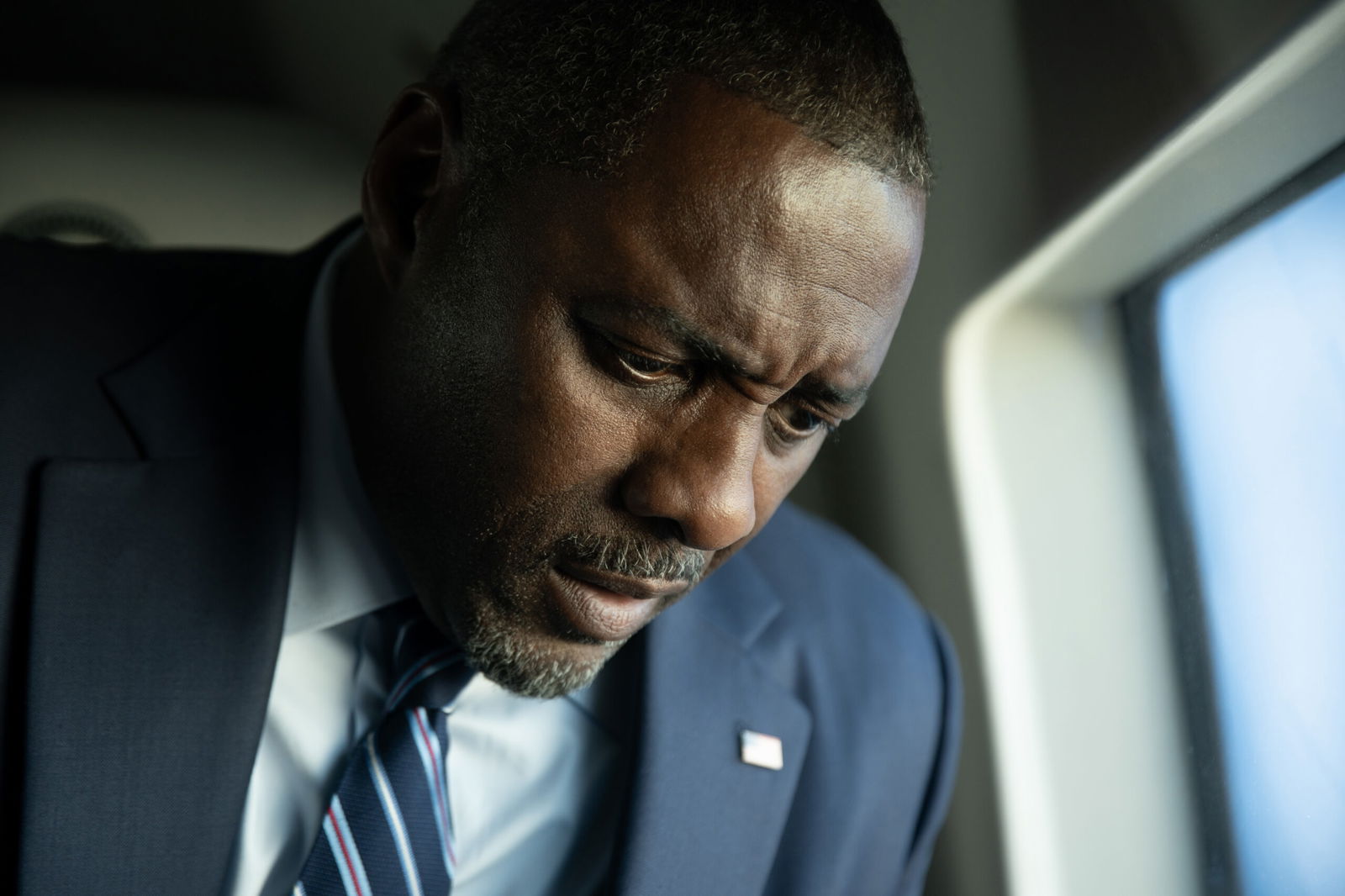
But somehow, if you look closely, that uncertainty is the point that Kathryn Bigelow tried to prove. The ending isn’t about giving viewers an answer; it’s about forcing them to think. The director wanted audiences to imagine what they would do in that situation and what their leaders might do if this were real.
The movie clearly portrays the President as a decent man with a rational mind. He’s smart, kind, and even logical, but still he struggles to make the right choice when faced with unimaginable pressure. That’s what makes the ending so chilling. It makes us question that if a good man in a fictional world can freeze in fear, what would happen if it were to happen in real life.
Most importantly, what would be the fate of the country that’s ruled by someone less stable, a power-hungry, reckless leader? There are so many things to consider before deciding what to do in such a situation. After all, a lack of retaliation can establish the country as a coward and make it more prone to threats. At the same time, retaliation might start a nuclear war, leading to further, unfathomable damage.
The film indirectly makes viewers think about real-world politics, especially during times when world leaders have behaved impulsively. This open ending also highlights how much power lies in the hands of one person. No matter how many advisors, generals, or experts are around, the final decision often comes down to one leader. And if that leader is emotional, arrogant, or simply tired, the entire world could suffer.
Kathryn Bigelow herself said that her goal with this film was to “start a conversation”. She wanted people to think about nuclear weapons not as distant threats but as real dangers that still exist today. With over 12,000 warheads in the world, she hoped the movie would encourage discussion about reducing them. She called the film a “cautionary tale”, meant to make audiences uncomfortable enough to question the world’s current path.
I mean, my hope was this could be, you know, lend some information but at the same time encourage a conversation about reducing the nuclear stockpile. I mean that would be the optimum hope that would come out of this film. It’s a conversation, you know, certainly it’s a conversation starter and perhaps a cautionary tale.
So in the end, the message of A House of Dynamite is simple yet powerful: we are living on borrowed time. The film doesn’t show us an explosion; it shows us something scarier, the moment before it. That moment of hesitation, of fear, of power, it’s what defines our fragile reality. Bigelow leaves the ending open because, as she says, “it’s in our hands.” Whether the world survives or ends in chaos depends on the choices we make next.
Share your thoughts and opinions with us in the comments below.
A House of Dynamite is currently running in US theaters; it’ll release on Netflix on October 24, 2025.

